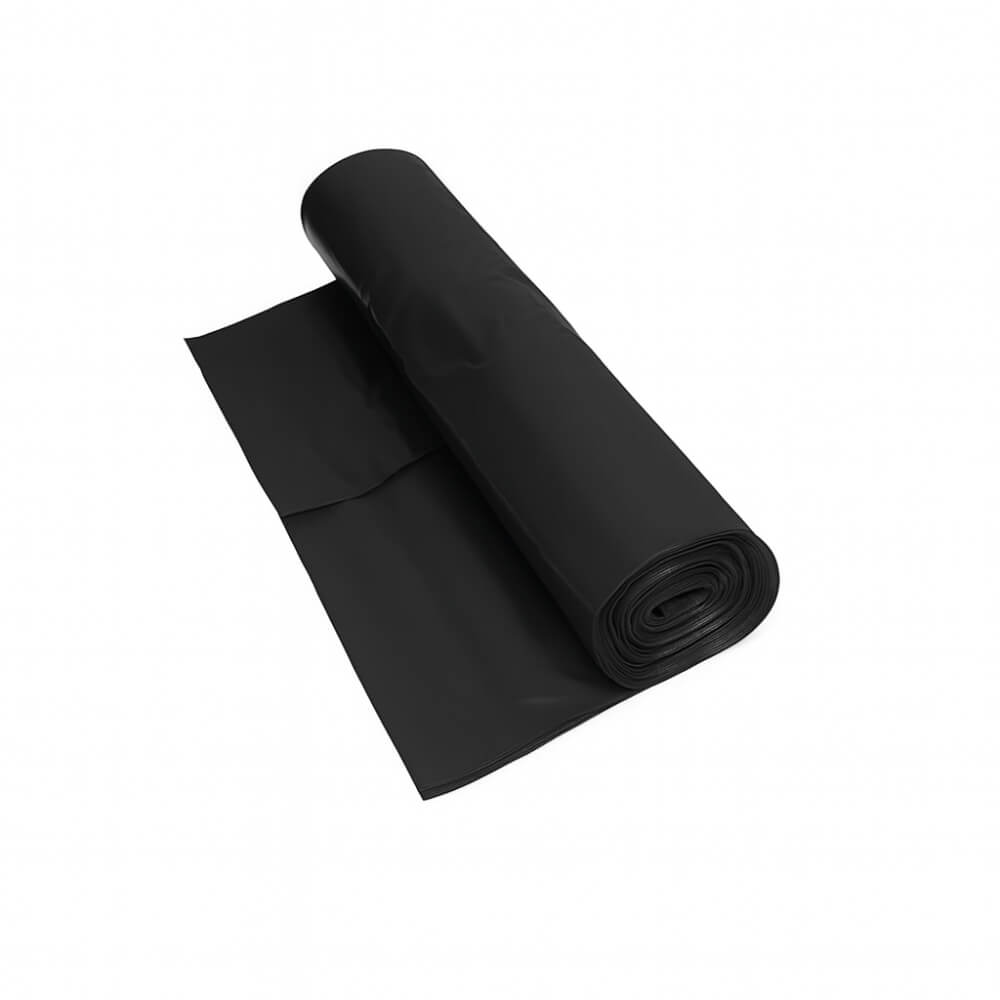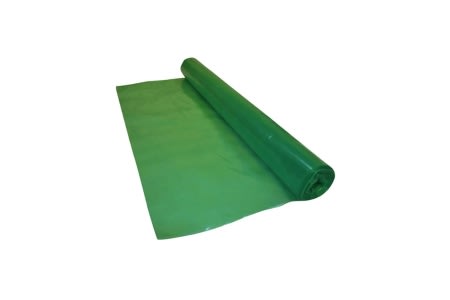Membranes
(17 Products)In construction, membranes play a vital role in controlling moisture, airflow, and thermal insulation within buildings. They are integral to ensuring durability and energy efficiency, adapting to various needs such as damp proofing, breathability, and thermal insulation. Proper selection and installation of these membranes ensure optimal performance and longevity of building structures.
What Are Membranes?
A membrane in construction is a thin layer of material used to perform specific functions, such as blocking moisture, allowing vapour transfer, or enhancing thermal insulation. These materials can be made from various substances, including plastic, bitumen, and synthetic compounds.
There are different types of membranes for varying applications. As the name would suggest, Damp Proof Membranes (DPMs for short) prevent the passage of moisture from the ground into the building structure - these are generally installed in ground floors on top of PIR Insulation.
Breather Membranes are installed on roofs and in walls to allow the passage of vapour from inside the building to the outside, while also preventing water ingress from outside.
Types of Membranes
- Damp Proof Membranes (DPMs)
- Function: Prevent moisture from penetrating the building structure.
- Material: Often polyethylene.
- Application: Ground floors, basements, foundations.
- Breather Membranes
- Function: Allow vapour to escape from the interior while blocking water ingress from the outside.
- Material: Typically woven fabric or non-woven synthetic materials.
- Application: The outer side of insulation in roofs, walls, and timber frame buildings.
- Insulation Membranes
- Function: Improve thermal insulation by reducing heat transfer.
- Material: Reflective foil or multi-layered composites.
- Application: Roof spaces, walls, and underfloor areas.
Where are Membranes Used?
Damp Proof Membranes (DPMs)
- Ground Floors: Installed beneath flooring systems to block moisture from rising from the ground.
- Basements: Applied on floors and walls to prevent water ingress from the soil.
- Foundations: Used in the construction of foundation walls to mitigate dampness.
Breather Membranes
- Roofs: Positioned under roofing materials to allow moisture to escape and prevent condensation.
- Walls: Installed in wall cavities to manage vapour and moisture, particularly in timber-frame construction.
- Building Wraps: Used in external wall systems to enhance moisture management.
Insulation Membranes
- Roof Spaces: Installed between rafters or under roof coverings to reduce heat loss.
- Walls: Applied on external surfaces or within wall assemblies to improve thermal performance.
- Underfloor Areas: Used to enhance insulation and prevent heat loss through floors.
Benefits of Membranes
- Moisture Control: Prevents water ingress and manages vapour, protecting building materials from damage.
- Energy Efficiency: Improves thermal insulation and reduces heat loss, contributing to energy savings.
- Structural Integrity: Enhances the durability of construction elements by preventing moisture-related damage.
- Comfort: Helps maintain a stable indoor environment, improving occupant comfort.
Frequently Asked Membranes Questions
What is the Difference Between a Damp Proof Membrane and a Breather Membrane?
- Damp Proof Membrane (DPM): Blocks moisture from entering the building, usually installed in floors and foundations.
- Breather Membrane: Allows vapour to escape from the building while preventing water ingress, typically used in roofs and walls.
How Do I Choose the Right Membrane for My Project?
Select a membrane based on its intended function and the specific requirements of your project. Consider factors such as moisture levels, thermal insulation needs, and the construction type.
Consulting with a building professional can help ensure you choose the appropriate product.


.jpg)


.jpg)
.jpg)
.jpg)


.jpg)

